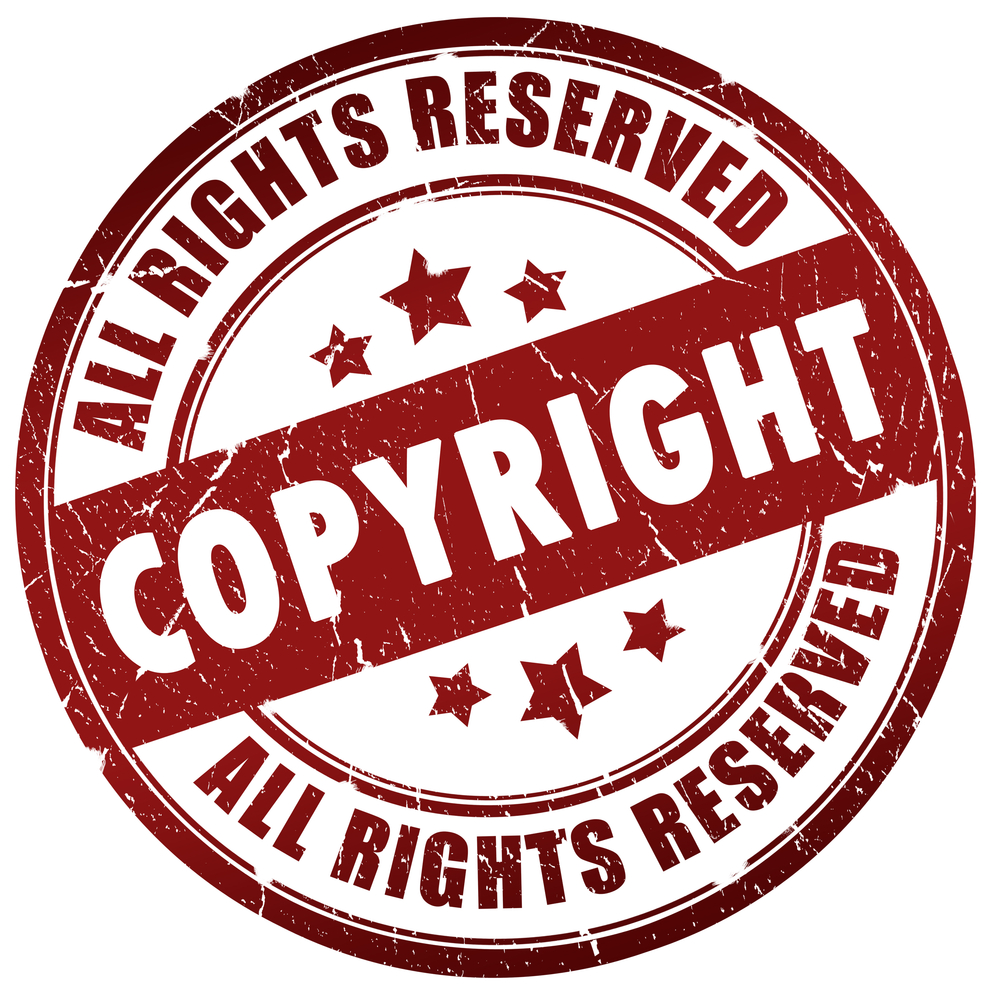The most important thing in the large world of art and entertainment is making sure that your hard work or original idea is protected. What you are really accomplishing with this task is granting yourself, the creator of the work, exclusive rights to use and distribution, and the ability to generate revenue from the product. This can be in the realm of music, art, writing, photography, and many others. In a larger structure or entity of work, the rightsholders are individuals that may have paid a fee to attain some rights to a work or holding, and adapt the work to other forms, perform the work if it is music, or financially benefit from it. The origins of copyright in Britain were due to the invention of the printing press, and the fact that more in the general public were beginning to read. What began in the 1700s as a way to make sure rights of the creator were protected grew over the next few centuries into something farther reaching and much more universal.
What Qualifies as material?
There are some minimal standards that a work has to meet to be deemed as property. Different nations have varying requirements and traits for work, but a few general rules of thumb apply. In the United Kingdom, “skill, labor, and judgment” are key components of a work, and in the United States, you are going to want to go through the copyright process for any work that has the potential to generate income. During the last few decades, slogans, and things like smartphone applications have taken the center stage. With the level of use of technology devices and internet on the ever expanding rise, special care will need to be taken by the creators of works to make sure their idea isn’t duplicated. Especially during the creation of video games and other graphic achievements, it became more important than ever to make sure your bases are covered. If you are spending money on research, development, and testing, there is not a chance that you can weather someone taking it all from under your nose. It is more important than ever to know the steps to copyright your material under current rules and regulations.
The steps in registering your work
To properly register your work, send a completed application form with a 35$ registration fee and a copy of the works you want to protect. You also need to send a deposit and visit the Library of Congress’s web site www.copyright.gov, and the current fee is 45 $ for registration. If you use the web portal, you will receive a return email telling you that your application was received correctly, and perhaps a phone call asking for any additional information to complete the process. If the work is accepted right away, you’ll receive a certificate of registration, and if it is rejected for any reason, a letter explaining the reasons why. As with many important duties these days, the online registration is preferred by most owners of property, with a lower fee, and faster processing time.
You can track the status of processing quickly and efficiently online, pay by credit or debit card, and get easy access to “RE” forms, or renewal of copyright claims. The features for group registration are very efficient and user friendly, but be careful to thoroughly check all fees involved to secure prompt acceptance or renewal. As with any process, being prepared all the way before submitting your works will streamline the steps to getting your work copyrighted and make the road much less full of things blocking you from your goal. This is one of the most important steps you will ever make: saving yourself from the ultimate headache of the finger pointing game when something you created yourself may be breached. Not feeling like you are in jeopardy all of the time, especially as an author or otherwise creative individual, who has a lot to lose.
There are those that will tell you that as soon as any piece of intellectual property or song is created, that you can come back at later date and claim intellectual creation and trademark. Just like a prenuptial agreement in a marriage, you really owe it to yourself to do this the right way and not cut any corners. All works created in the United States are subject to mandatory deposit under standards governed by the Library of Congress, and the year of publication may actually affect the longevity of copyright protection.
The address for the Library of Congress for postal mail is as follows:
Library of Congress
101 Independence Avenue SE
Washington, DC 20559

